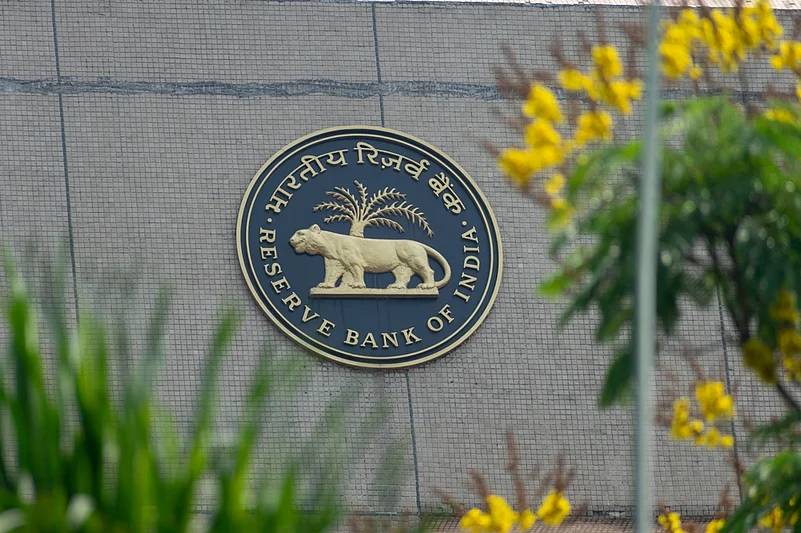Reserve Bank of India (RBI) celebrated its 90th anniversary on April 1, 2025. As the central bank celebrates the milestone, it is a major contributor to maintaining the stability of the economy, one of its functions being inflation control. RBI has managed to control inflation over time through different monetary policies that have direct impacts on household budgets, lending interest rates, and saving.
How RBI Manages Inflation
Inflation, the price-rise rate in goods and services, impacts all human beings. Higher inflation lowers the purchasing power, raising the prices of necessities like food and oil. Low inflation, on the other hand, retards economic progress. RBI attempts to balance both ends by keeping inflation at a good level.
1. Keeping Repo Rate
The prime weapon to contain inflation is the repo rate, i.e., the rate at which RBI advances loans to commercial banks. Wherever and whenever, there is inflation rise, RBI increases the repo rate so that borrowing is expensive. This would act as a curb for excess spending and excess borrowing in an attempt to prevent price rises. In low inflation, RBI decreases the repo rate, in order to spur lending and economic growth.
For example, RBI has increased the repo rate several times over the past two years to manage inflationary pressures triggered by external factors such as increasing crude oil prices and supply chain instability. This has increased the cost of borrowing for housing finance, personal finance, and credit card loans for borrowers in general.
2. Money Supply Management
The supply of money within the economy is controlled by RBI as well. More money creates augmented demand as well as price hikes. To stop that, RBI employs devices like the Cash Reserve Ratio (CRR) and Statutory Liquidity Ratio (SLR), for which the banks are required to hold reserves from a portion of their deposits and not distribute them out. RBI controls money with the banks through these adjustments and thus the inflation.
3. Open Market Operations (OMO)
RBI sells or buys government bonds in the market through OMOs to manage liquidity. In the presence of inflation, RBI sells securities, removing excess funds from the economy. Under low inflation, it buys securities, injecting surplus money into the economy to stimulate expenditure and investment.
4. Inflation Targeting
RBI has been following an inflation-targeting path since 2016, with a policy of 2 per cent to 6 per cent inflation and a target of 4 per cent. MPC meets bi-monthly to evaluate trends in inflation and make decisions on policy responses. This structured process stabilises inflation while driving economic growth.
What It Means for You
The measures of RBI to contain inflation have a direct bearing on individual finances. Here's how:
Loan EMIs Change: When RBI increases interest rates to control inflation, EMIs on home loans and car loans increase, putting one in the position of paying more money. When there are rate cuts, however, borrowing becomes less expensive.
Savings and FD Returns Change: When the interest rate is higher, returns on fixed deposits and other saver-friendly saving schemes are higher. A low rate, however, decreases the returns on FD, which are less saver-friendly.
Cost of Living Varies: As inflation is high, the cost of living in the form of groceries, petrol, and rent becomes more expensive and strains household budgets. When there is controlled inflation, the purchasing power of money is constant.
Investment Decisions Get Effected: Stock markets react to RBI’s inflation measures. Higher interest rates often lead to market corrections, affecting equity investors, while lower rates boost market sentiment.
As RBI is commemorating its 90-year anniversary on 1 April 2025, its role of inflation control remains as significant to the economy as also to individual financial health.
With its control over interest rates, liquidity, and targeting inflation, RBI controls inflation by devouring purchasing power but not stopping economic activity. Knowing the mechanism, you can prepare finances better while taking a loan, keeping fixed deposits, or paying monthly bills. Since the trend of inflation continues to swing, you can keep an eye on RBI policy and gain the upper hand in finances.










